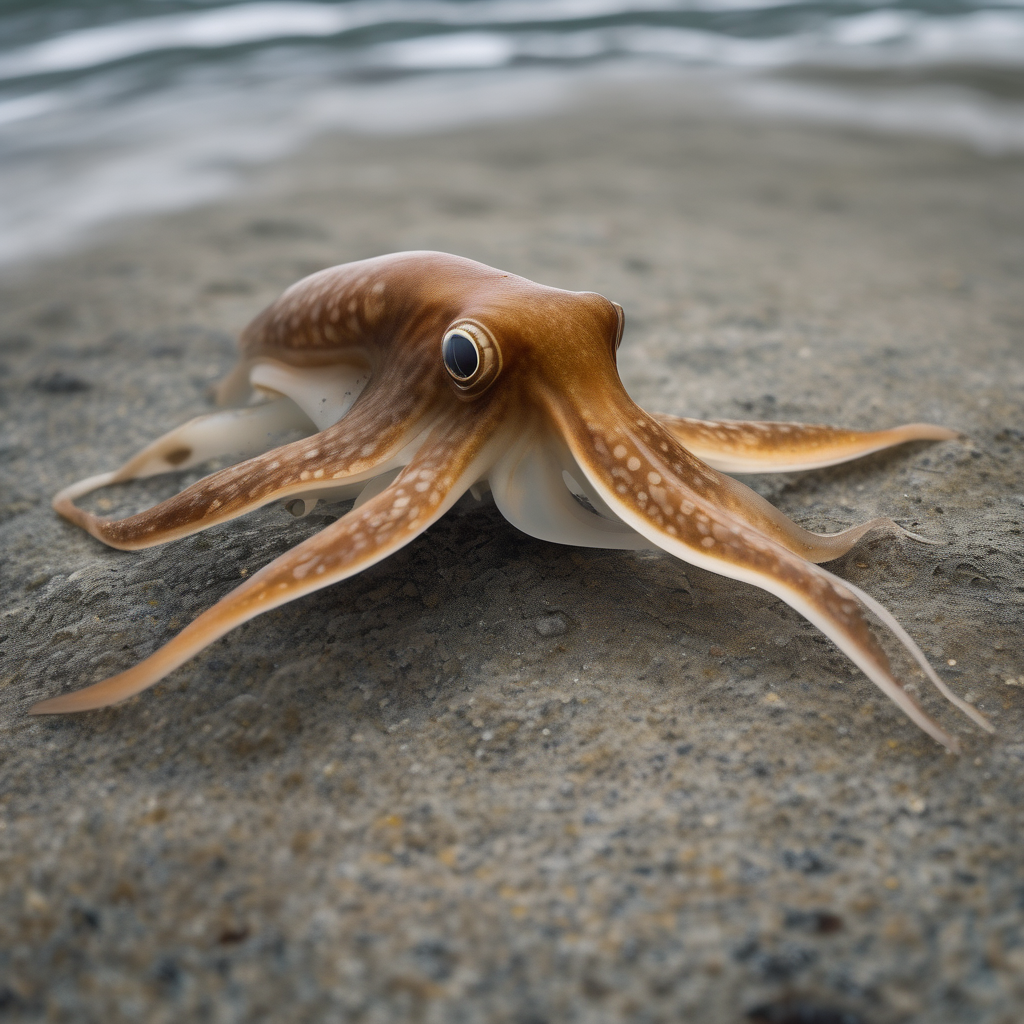Short-finned pilot whales, a lesser-known species of oceanic dolphins (Globicephala macrorhynchus), are found primarily in the waters around Hawaii. Recent research has uncovered fascinating insights into their dietary needs and foraging habits, highlighting the ecological importance of ensuring their survival.
To maintain their health and energy, each short-finned pilot whale requires between 82 and 202 squid daily. When calculated over the course of a year, this amounts to as many as 73,730 squid for one whale, and for the entire population of about 8,000 individuals, it totals over 589 million squid annually. Such significant dietary needs shed light on the reliance of these mammals on a stable squid population in Hawaiian waters.
Researchers utilized suction cup tags developed by the University of Hawaiʻi at Mānoa to observe the whales’ diving patterns and energy consumption. William Gough, a study author, noted the strategic placement of tags behind the whales’ blowholes, allowing researchers to gather crucial data about their foraging behavior at considerable depths. The whales can dive as deep as 1,700 meters (5,577 feet) and make up to 39 dives a day, each lasting between 8 to 16 minutes and averaging depths of 400 to 800 meters (1,312 to 2,625 feet).
By analyzing the energy expenditure during these dives—73.8 kilojoules per minute while submerged and 44.4 kJ/min at the surface—researchers calculated that the whales need a substantial amount of squid to meet their energy requirements. Based on hydrophone recordings, they discovered the whales consume approximately four squid per dive, with each squid providing 560 kJ of energy.
These findings reveal a healthy short-finned pilot whale population in Hawaii, successfully finding and relying on an abundant food source. With the local squid population sufficiently supporting their dietary needs, conservation efforts aimed at protecting both the whales and their food supply remain critical for the continued health of this unique species. The study was published in the Journal of Experimental Biology, contributing valuable knowledge to the field of marine biology and revealing the intricate balance between marine species and their environments.
